Sign up for our Book Club newsletter
Get the latest news, events and more from the Los Angeles Times Book Club, and help us get L.A. reading and talking.
You may occasionally receive promotional content from the Los Angeles Times.
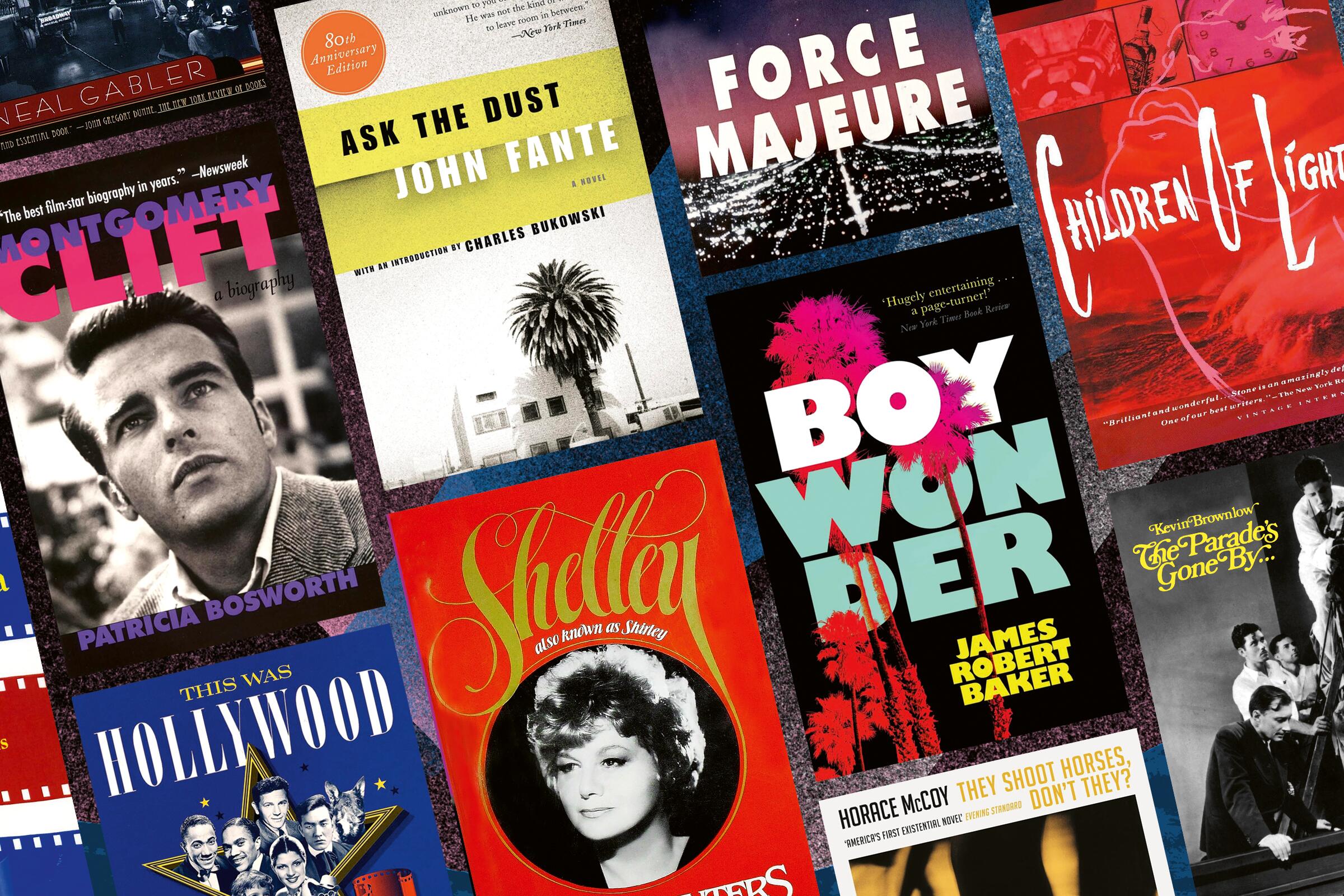
We came. We saw. We published.
But no list is worth sending out into the world if it doesn’t provoke at least a little good-natured disagreement, and our ranking of the 50 best Hollywood books of all time is no exception. So we asked L.A. Times readers to submit their No. 1 picks, as well as their selections for titles we left off.
Below you’ll find 19 of the best of the rest, supplemented with reader comments about why their chosen title deserved to make the cut. Just one note: We won’t be doing a survey of the best of the rest of the rest, so you’ll have to take your arguing elsewhere this time. Responses have been lightly edited for clarity.
In advance of this year’s Los Angeles Times Festival of Books, we’re unveiling our Ultimate Hollywood Bookshelf. Find out which novels, memoirs and more made our list.

This book is about a Hollywood mogul who hires a quack to show him how to live forever, a quack who just wants to get in the mogul’s mistress’ pants. Huxley (and other serious writers) felt he had to write something to satirize Hollywood to justify the big bucks he made writing scripts for the screen. The New York Times blurb on the back cover says, “This is Mr. Huxley’s Hollywood novel, and you might expect it to be fantastic, extravagant, crazy, and preposterous. It is all that... The story is outrageously good.” Find a copy and read it. It well deserves to be on your list. — Bob Carr, 79, Altadena
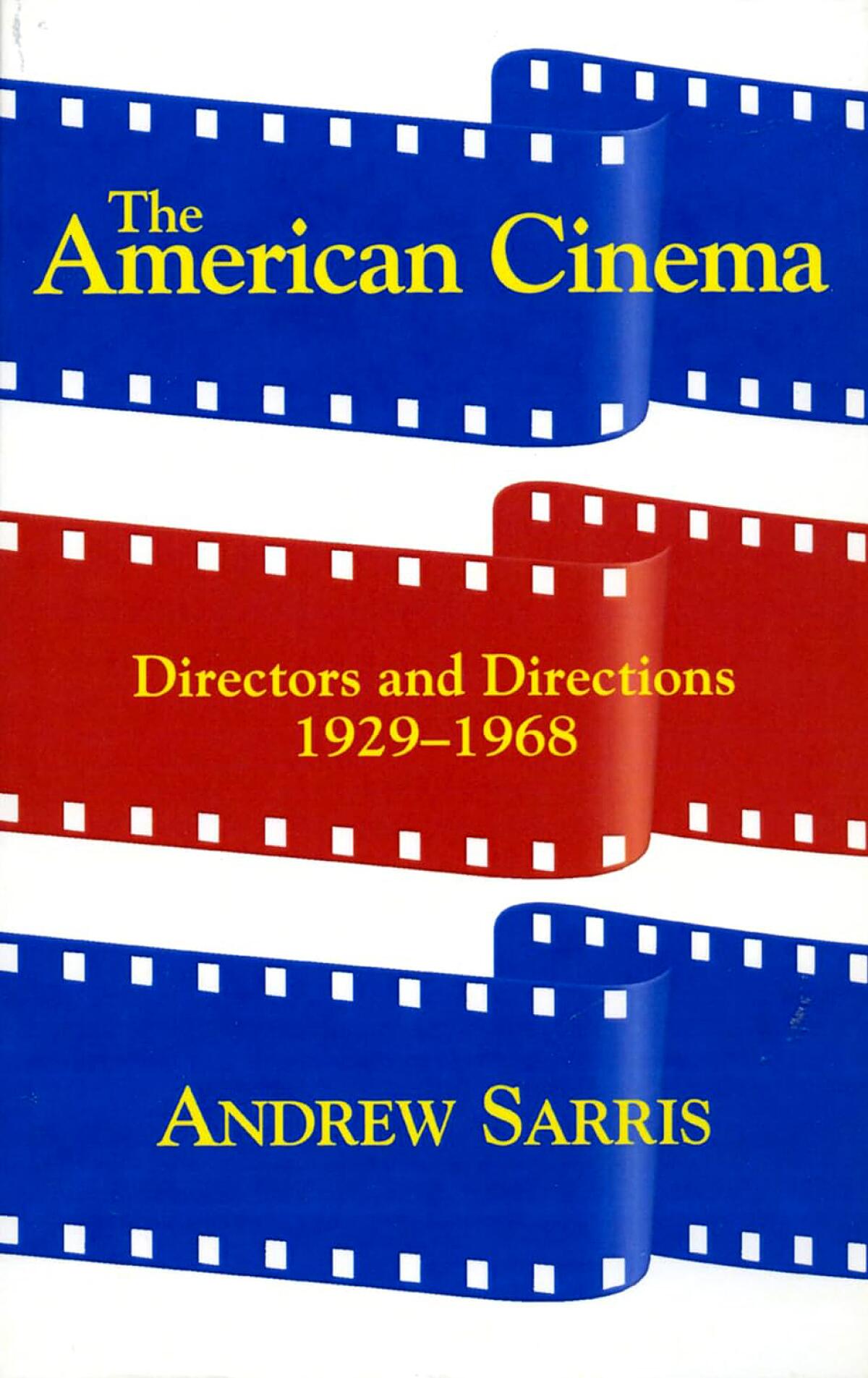
For better or worse, here is the first full argument for the “director as auteur” theory in classic Hollywood film. Still controversial, still supported and/or derided, we’ll argue about the criteria and categories that Sarris laid out for generations. — Dean Eaton, 74, Cambridge, Mass.
It’s a survey course of the directors responsible for making American cinema the most influential art form of the 20th century. It imported the auteur theory from France to the U.S. — Kirk Saduski, 69, Sherman Oaks
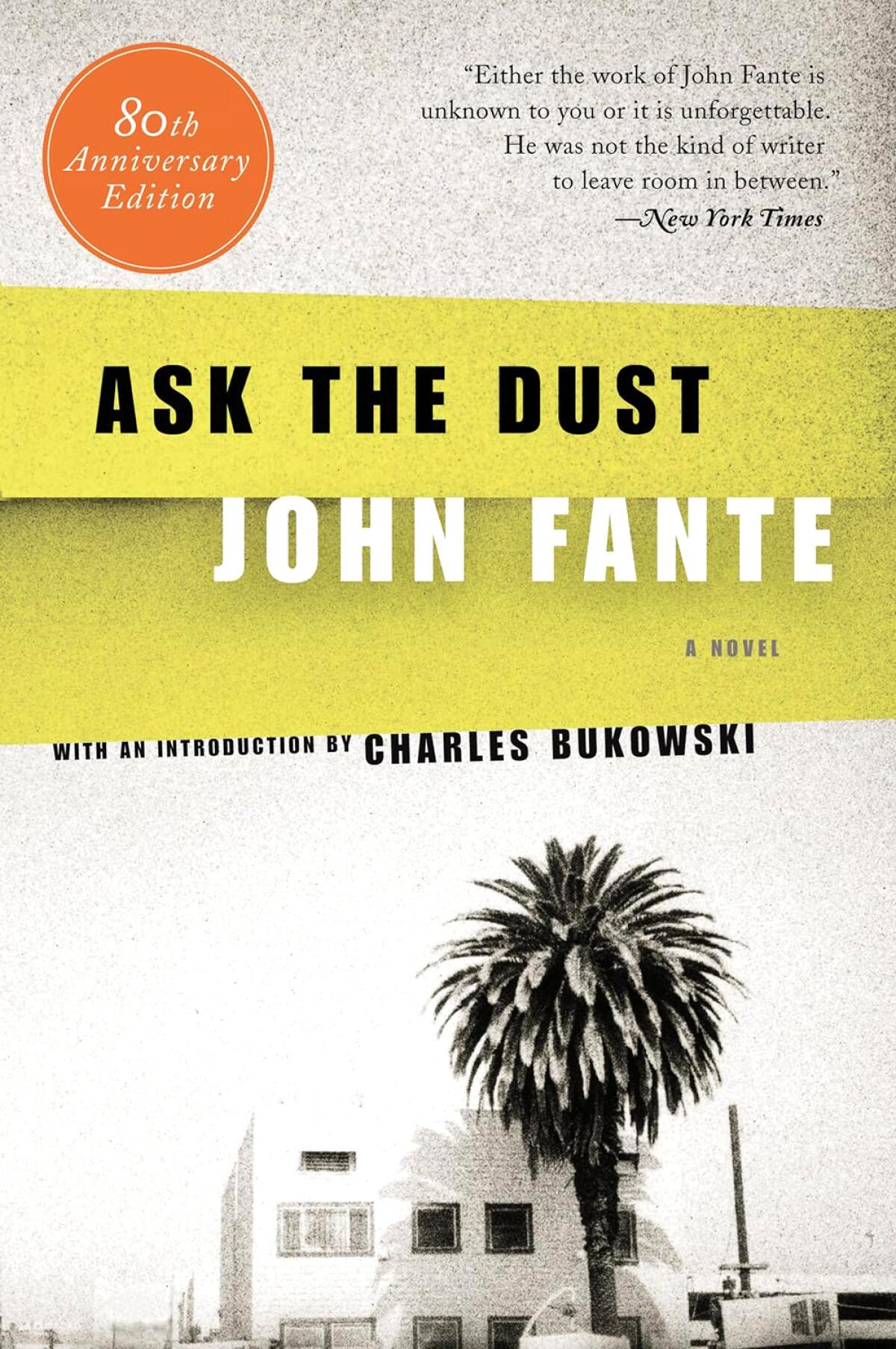
My choice is “Ask the Dust,” not only because it inspired Charles Bukowski’s “Hollywood” but also because it has all the thematic elements of what makes Hollywood the destination for folks with large and sometimes elusive ambitions. We have a struggling writer, a creative, named Arturo Bandini. He has put his art at the center of his life and lives in poverty in order to dedicate the time necessary to further his writing career. His love interest, Camilla Lopez, is his passion, but she is also elusive — involved in another relationship with a second and in love with third man. Fante lays out what it is to be truly passionate about art, and Camilla represents some destination that is unachievable. — Evren Goknar, 57, San Fernando
An incredible portrait of 1930s Hollywood and Arturo Bandini’s place in it. — Shooter Jennings, 44, Hollywood
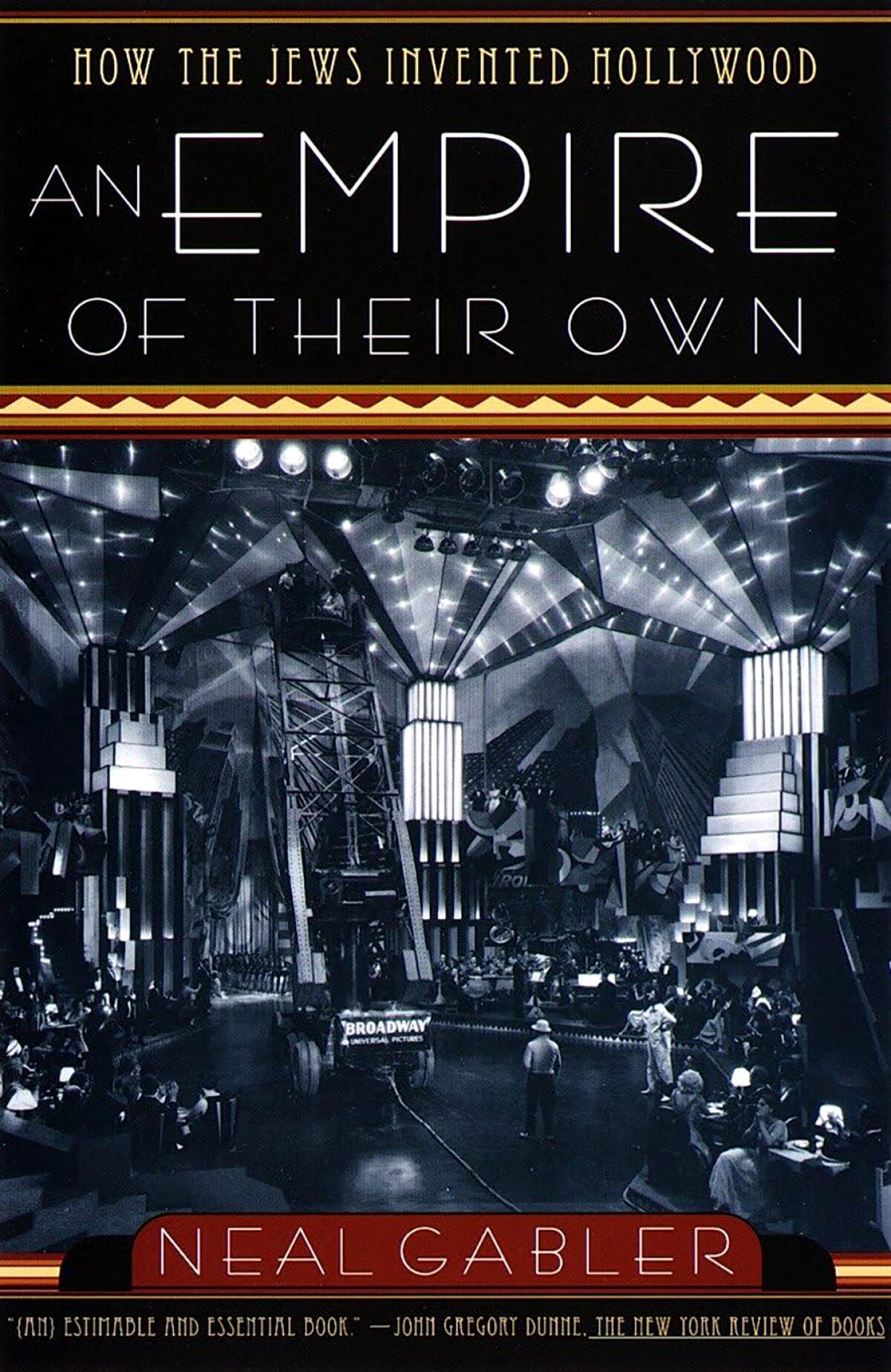
A comprehensive and extensively documented examination of the people who started the whole shebang, the progenitors or precursors for all the books on your list. — Gene Axelrod, 86, Huntington Beach
Without these brilliant, colorful, often awful moguls, Hollywood as we know it would not exist. — Deb McCaskey, 71, Northern California

I read this book back in the early 1990s, and it’s always stuck with me. To this day, I can remember certain passages verbatim. Baker’s work is a masterpiece of satire, and it captures the vanity and absurdities of both Southern California and Hollywood like few other works of art have. — Eric King, 54, Hermosa Beach
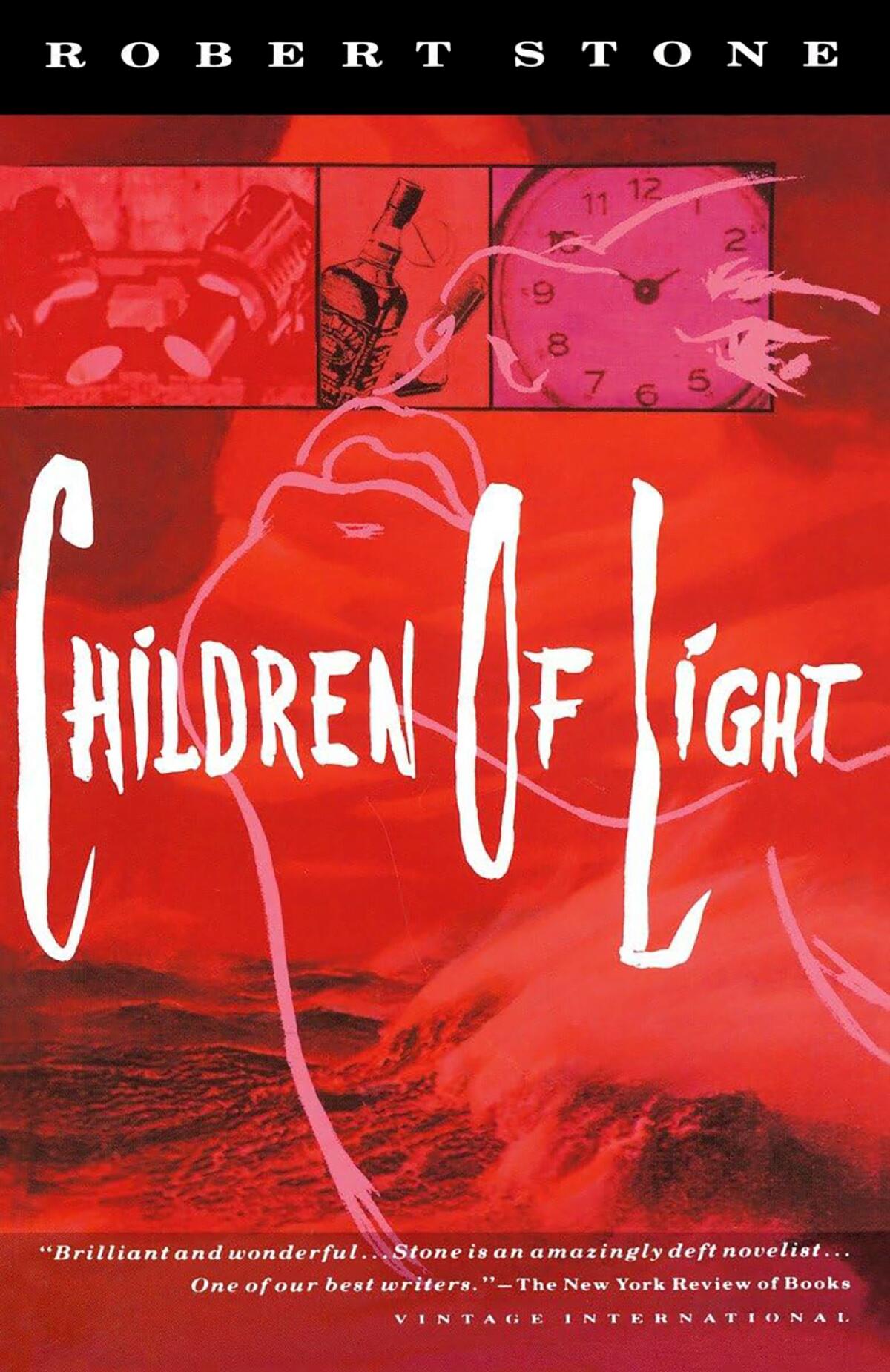
There’s never been a better fictional portrait of Hollywood personalities on location. It’s literature in its own right, and it’s Pulitzer-worthy virtual reportage. — John Shannon, Los Angeles
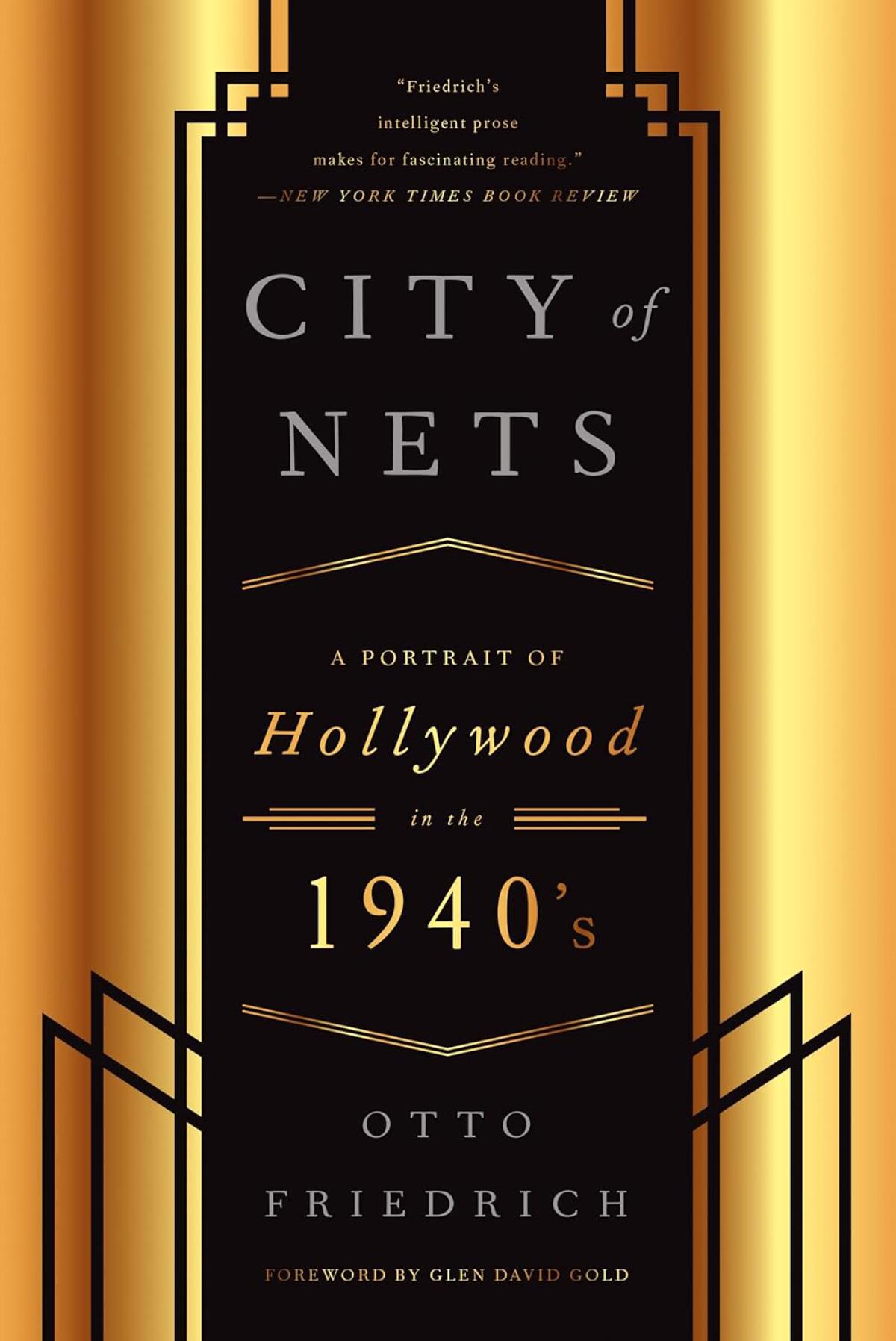
I expected this to be the No. 1 book on your list and was shocked when it wasn’t even included. There’s no better cultural history of the German émigré community and its impact on Hollywood. Nothing could be funnier than Irving Thalberg’s attempt to get Arnold Schoenberg to score “The Good Earth.” — Jayne Loader, 73, Pasadena
The title is odd, and the subject matter — influence on Hollywood by writers, composers, actors and directors who fled Europe before World War II — isn’t sexy, but it is a fantastic read. — Jeffrey Shore, 71, Los Angeles
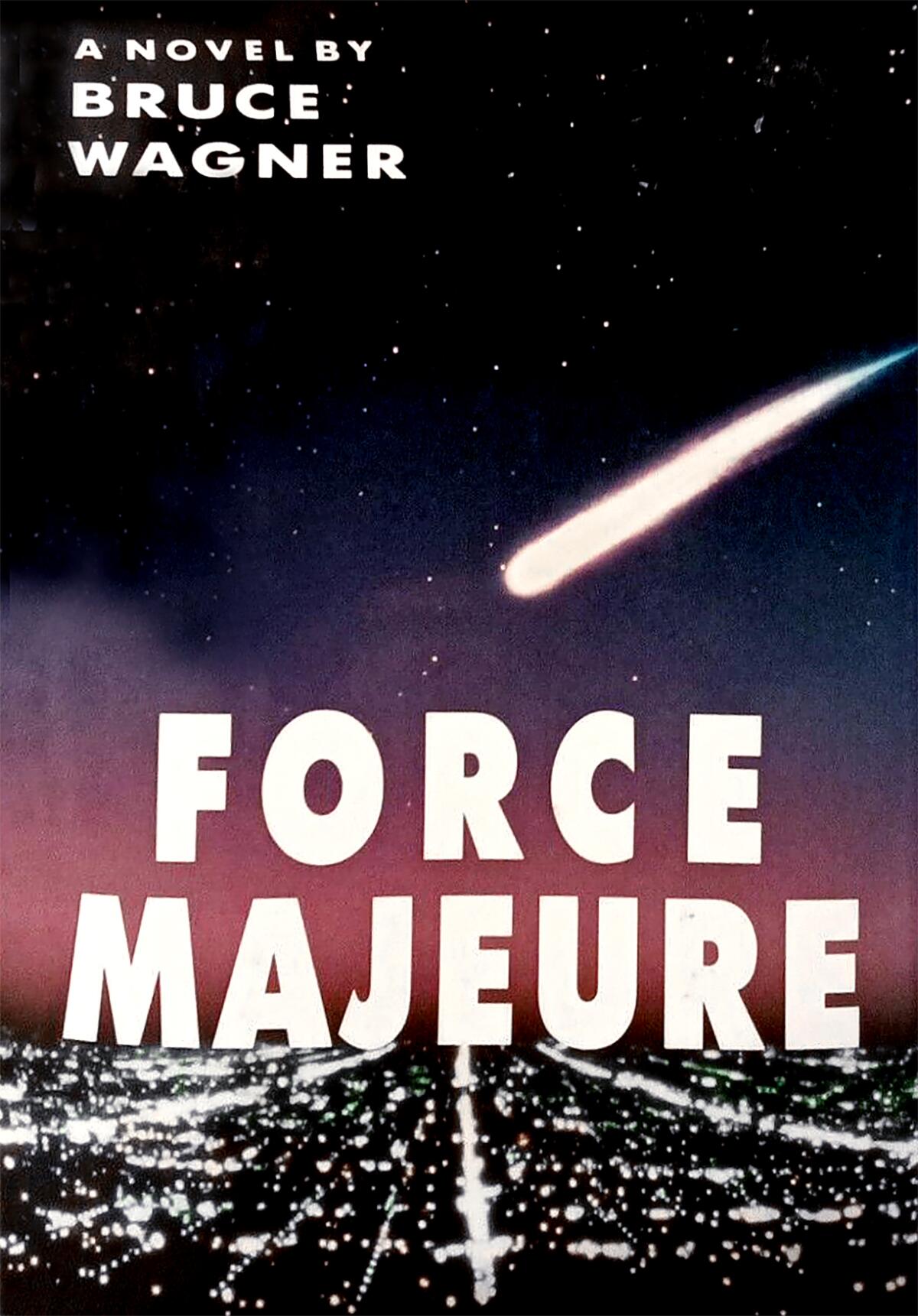
Bud Wiggins is the hot-commodity-of-the-moment screenwriter and is advanced money for a screenplay, which he impulsively squanders, and yet his screenplay is never made into movie. Bud lives with his mom and subsequently keeps his “day job” as a limo driver but is driven to insinuate himself into some other writing gig. Bud is the vehicle Wagner uses to inform us about the movie business and the late 1980s in this humorous romp through Hollywood’s sordid underbelly. There is a multitude of movie-adjacent characters. A hilarious, insightful, eclectic read with a cringeworthy ending. — Paul Weilacker, 65, Rancho Cucamonga
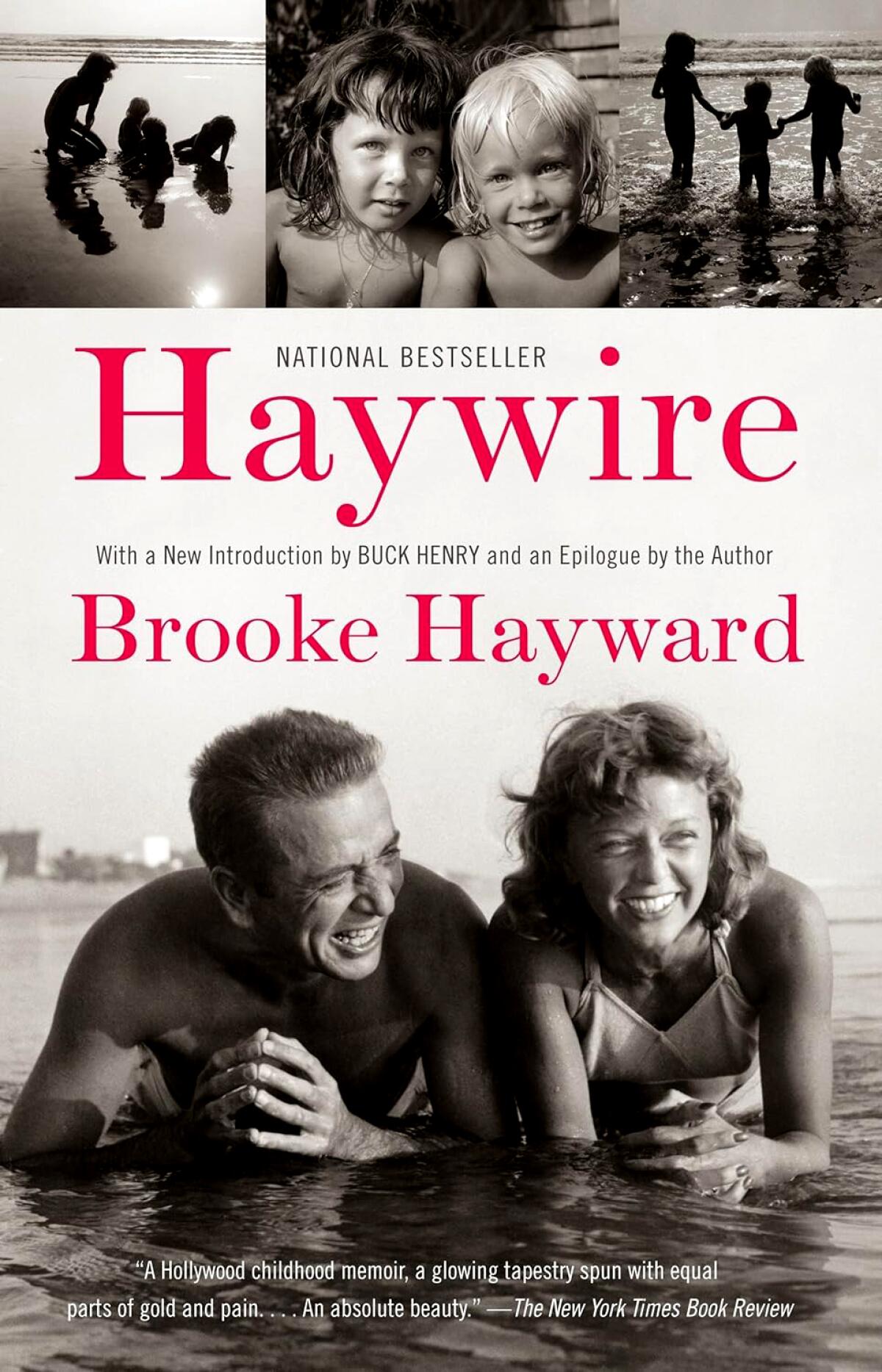
Hayward grew up amid troubled Old Hollywood glamour, daughter of a great actress (Margaret Sullavan ) and a consummate Hollywood insider, agent Leland Hayward. She became an actor herself, married Dennis Hopper and survived New Hollywood and its excesses. Her memoir is beautifully written, insightful and moving. — Alicia Springer, 67, Chico
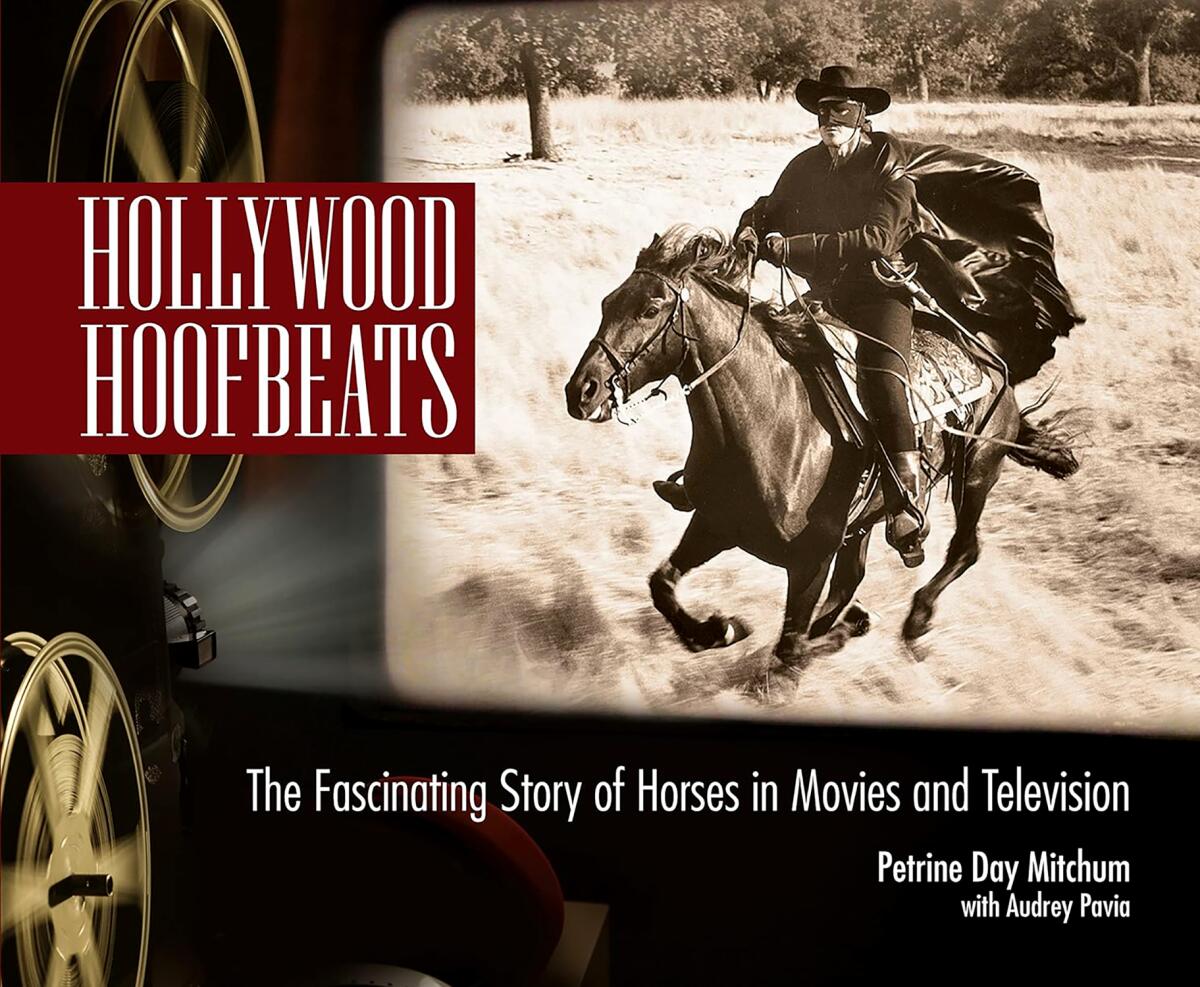
Can you imagine Hollywood without horses? Of course you can’t. They’re all here, from the very famous (Trigger) to the somewhat obscure (Old Fooler, the only star that director Burt Kennedy discovered). — McCaskey
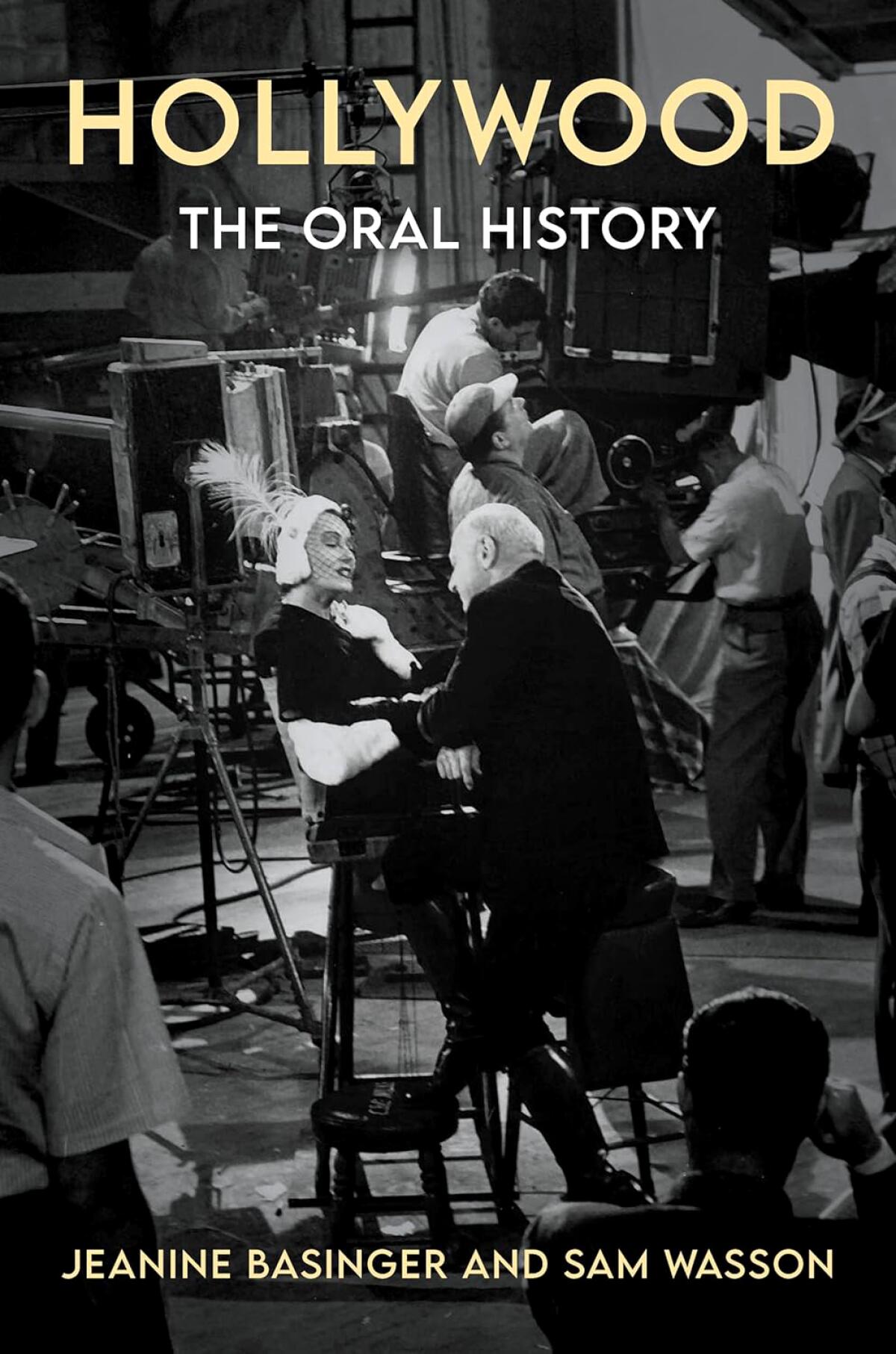
Nearly 400 voices transcribed from American Film Institute interviews, spanning the industry’s life, comprise this oral history of the industry, including stars, directors, writers, producers and the supporting workforce. Each page delivers an intimate conversational view of Hollywood creativity and its evolution. — Alan Sandler, 79, Sherman Oaks
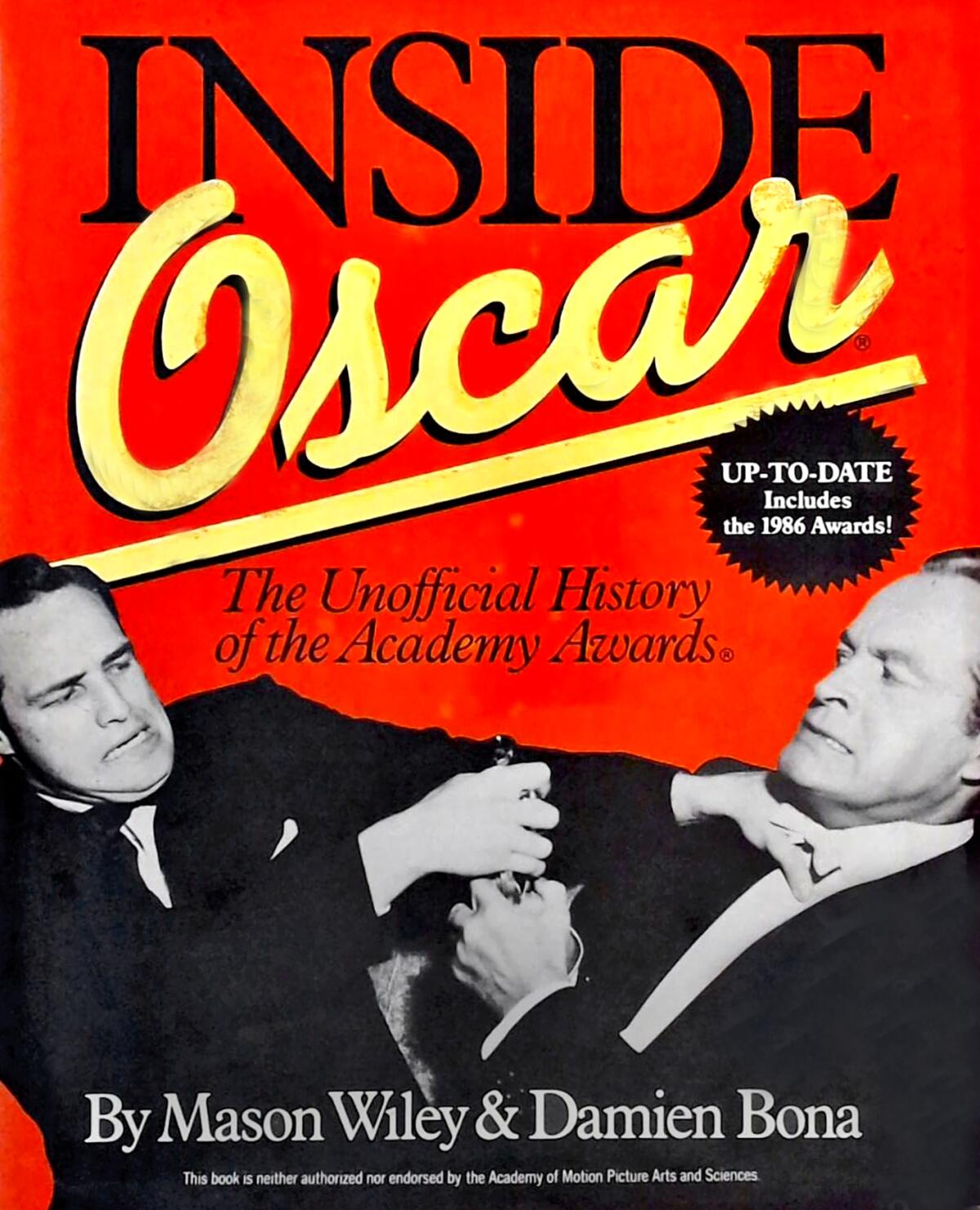
A year-by-year account of Oscar history. Each year is broken up into two parts: the Oscar race, with all the films, the critical and public responses, the pertinent gossip, and Oscar night itself, via an award-by-award account — something like what you’d call a “live blog” nowadays. It’s fantastic and eminently re-readable. I’ve been through three copies. — Mauricio Heilbron, 59, Long Beach
This dishy, delightful book does everything media does now to cover the awards, and better. You feel like you’re standing in the wings at the ceremony, but better yet, Wiley and Bona detail the calendar year and the awards season from early word to pre-nominations hype to nomination day to postscripts. It’s the perfect I-want-to-read-about-Hollywood-without-it-being-work tome. In another words, a copy belongs in everyone’s bathroom. — Jerome Gentes, 60, Palm Springs
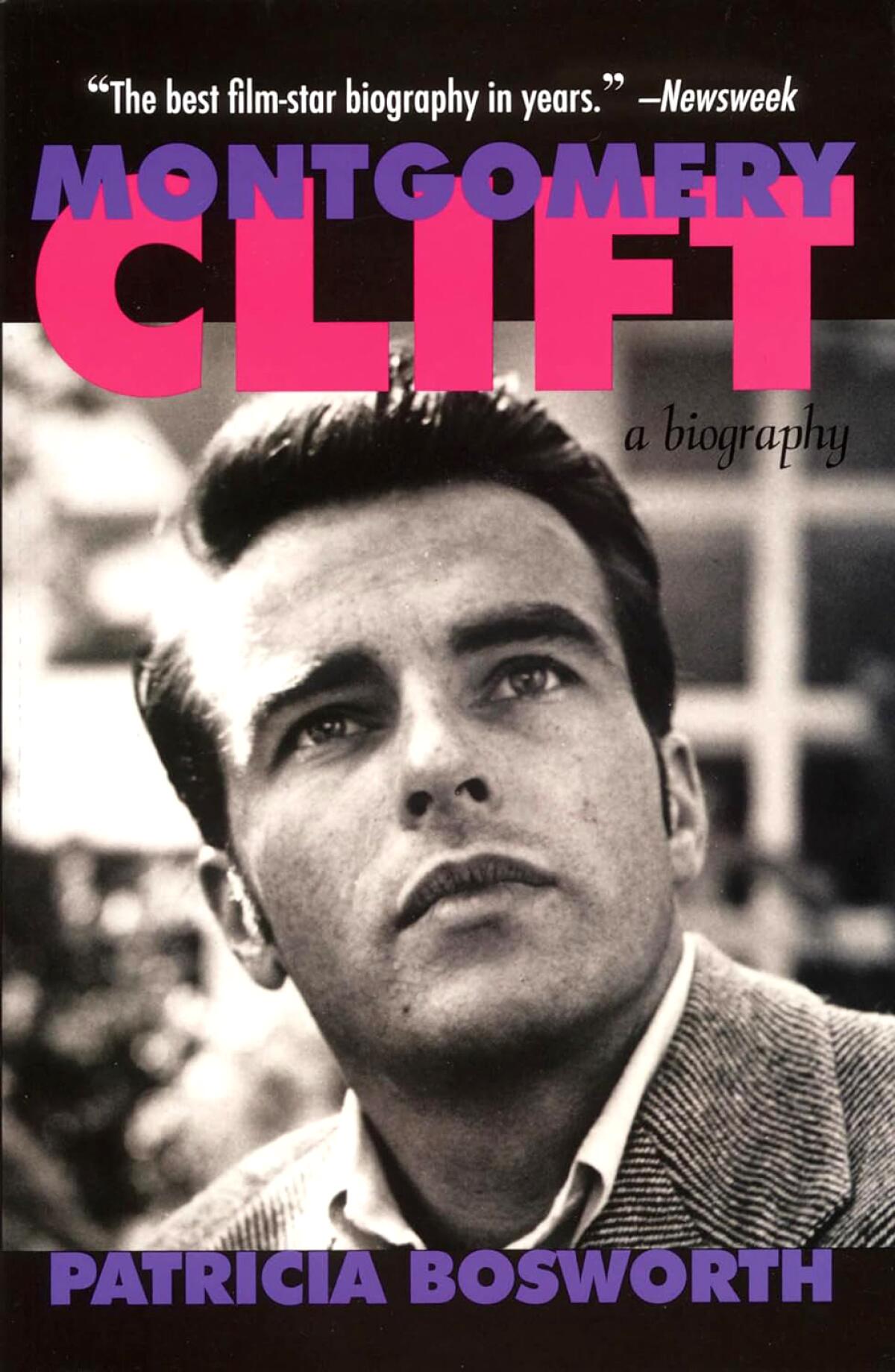
There probably was not a greater American actor during his time than Clift, whose work Bosworth highlights well. Because of her access to family archives, letters and other sources, the author delves deeply into Clift’s tragic life and the drugs and alcohol that took him at age 45. It’s a cautionary tale, but also a celebration of an extraordinary actor. — April Rocha, 54, Santa Monica
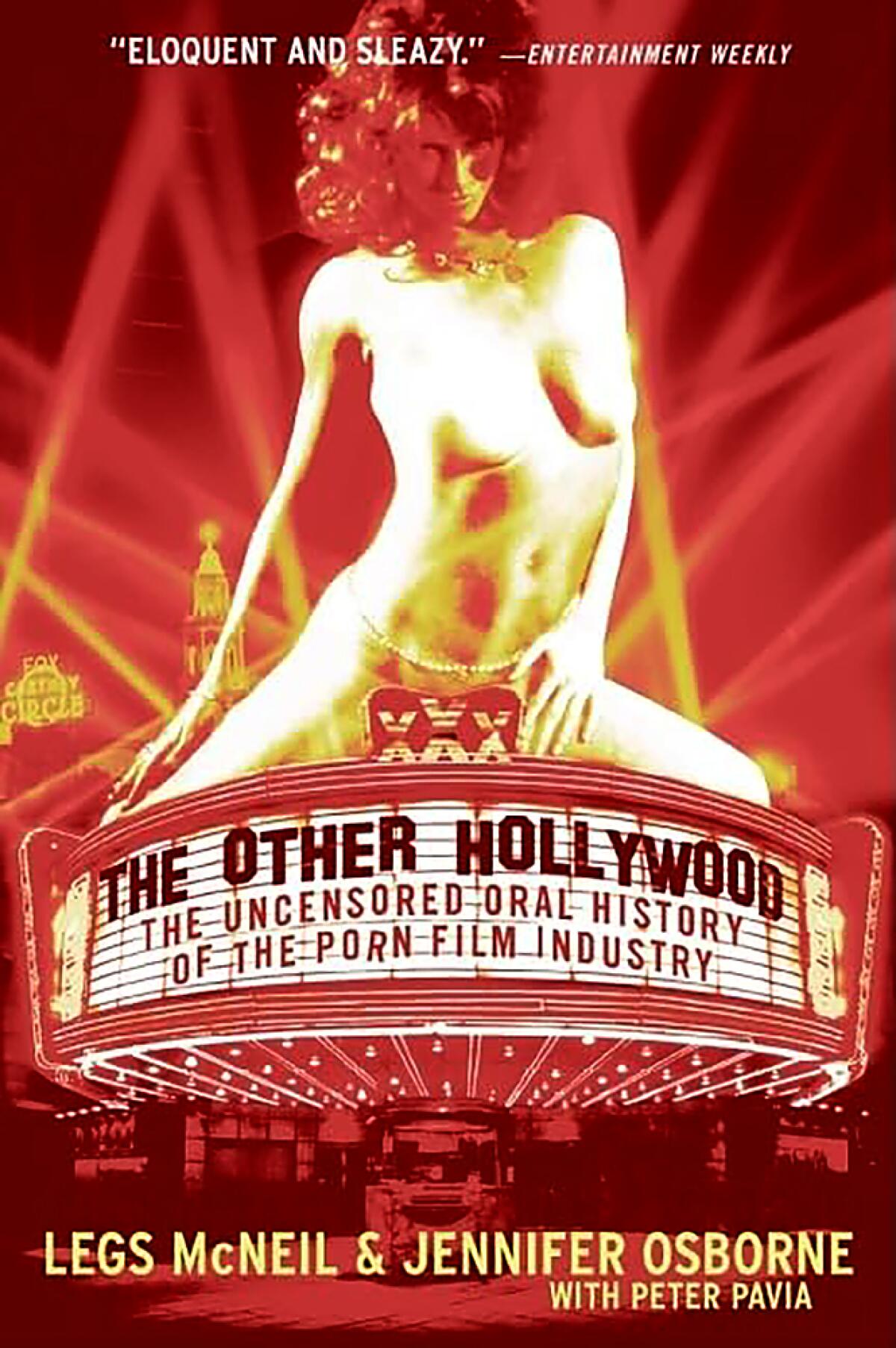
A landmark work that explores and exposes mainstream Hollywood’s conjoined twin, the adult film industry, where those who flunked out of the proper movie business struggle to become X-rated superstars in the San Fernando Valley. — Susannah Breslin, 54, Burbank
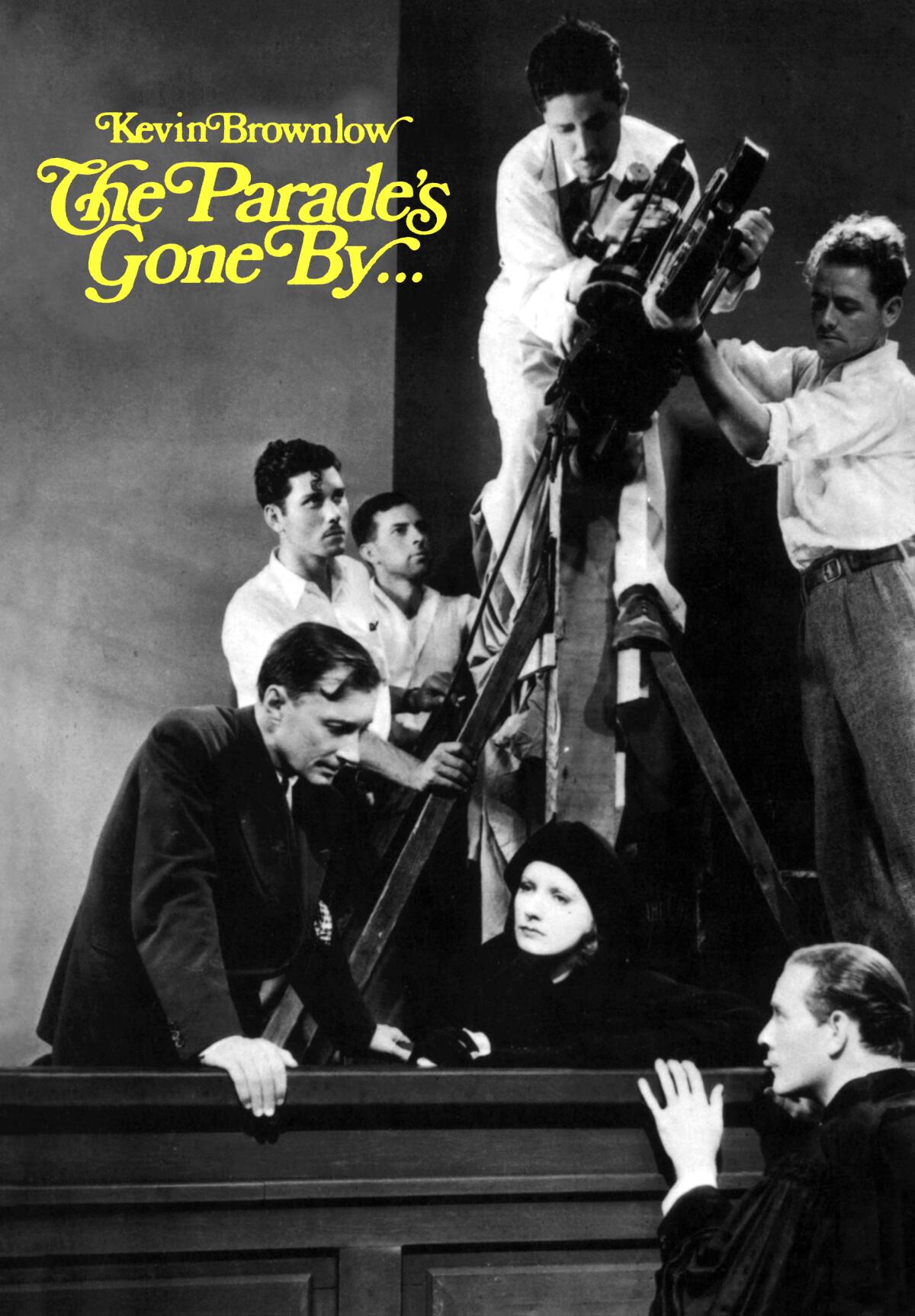
The definitive work on the first golden age — the silent era. — David Williams, 71, North County San Diego
This is a definitive history — and evocation — of the silent film era. Brownlow is one of the best film historians of all time, and each of his books is worth seeking out. — Eaton

It’s easily the best piece of page-turning trash Hollywood since Joyce Haber’s “The Users,” and like all great works of pop art, it’s had many, many imitators. But few have come close to achieving the deliciously naughty fun that Krantz did. It had better be in 51st place... — Gentes
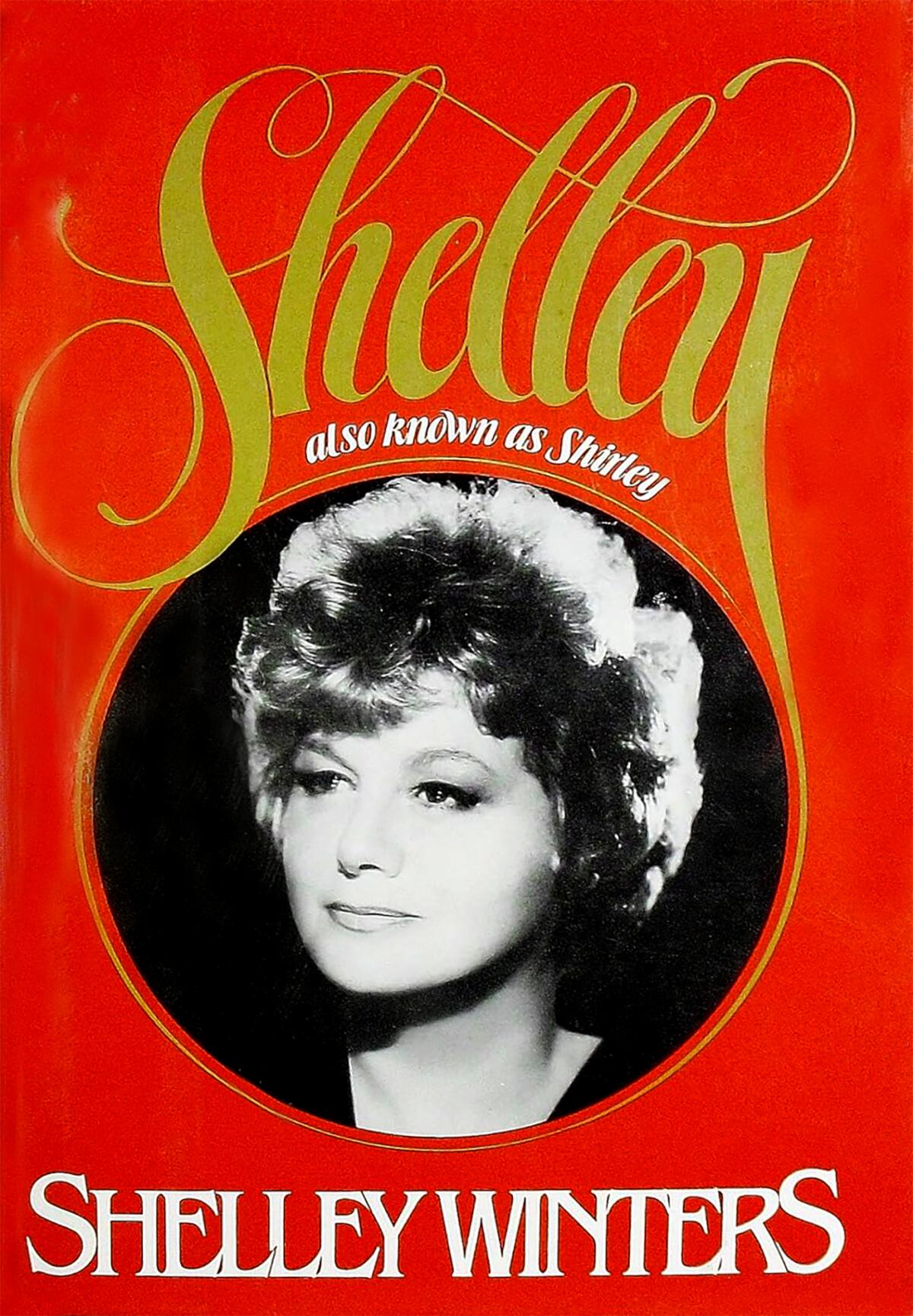
Winters discusses her life as a Hollywood bombshell and award-winning actress. She provides intimate details of her affairs with major male stars and critiques her directors. Best part is her description of what it was like to be Marilyn Monroe’s roommate and the importance of “f— me shoes.” — Bill Spaniel, 77, Santa Clarita
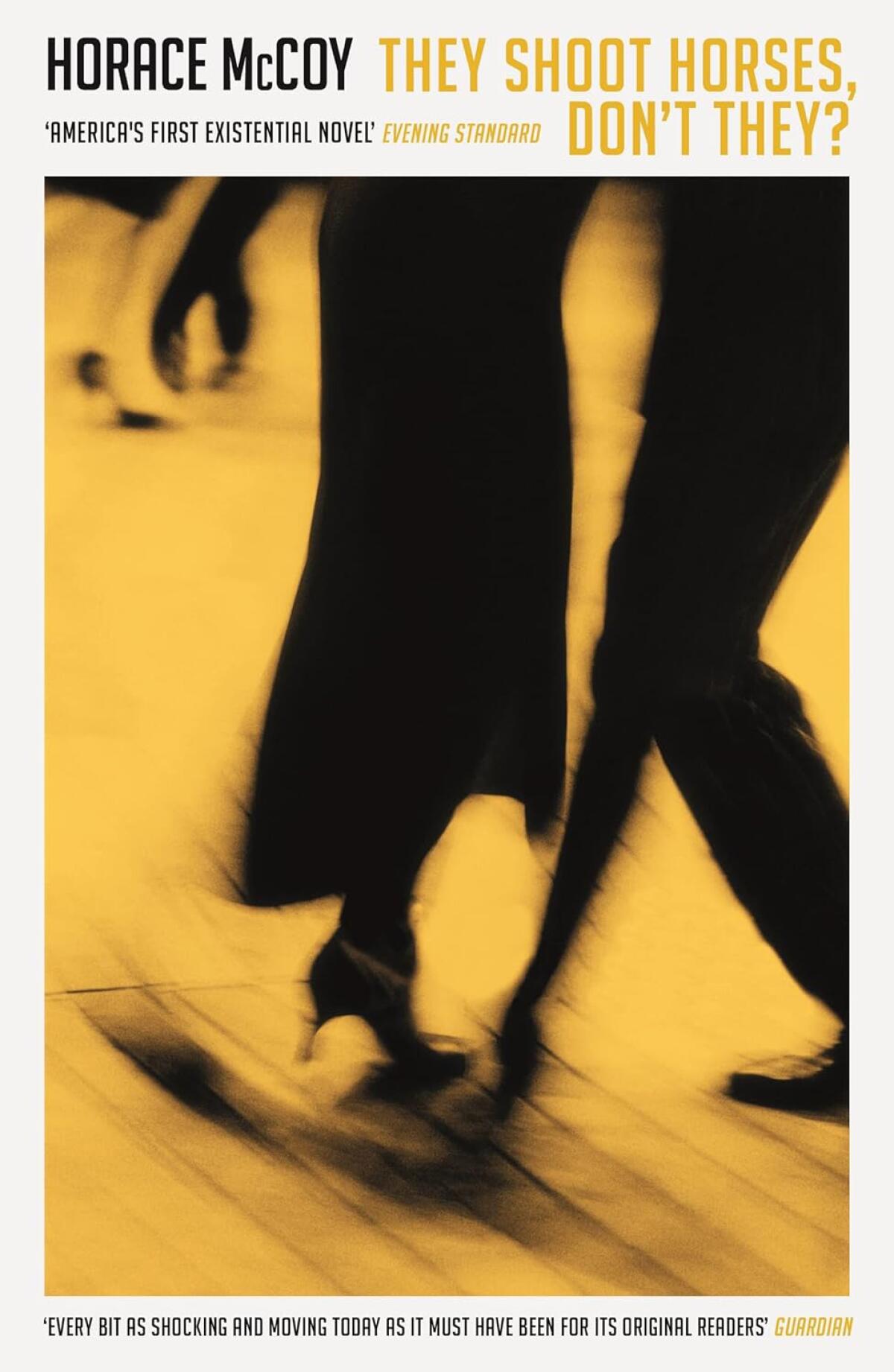
For me, it’s a tie between this and James M. Cain’s “Mildred Pierce.” Both capture the heartbreak of this town, which seems to love punishing people with a dream. — Duane Swierczynski, 52, Monrovia
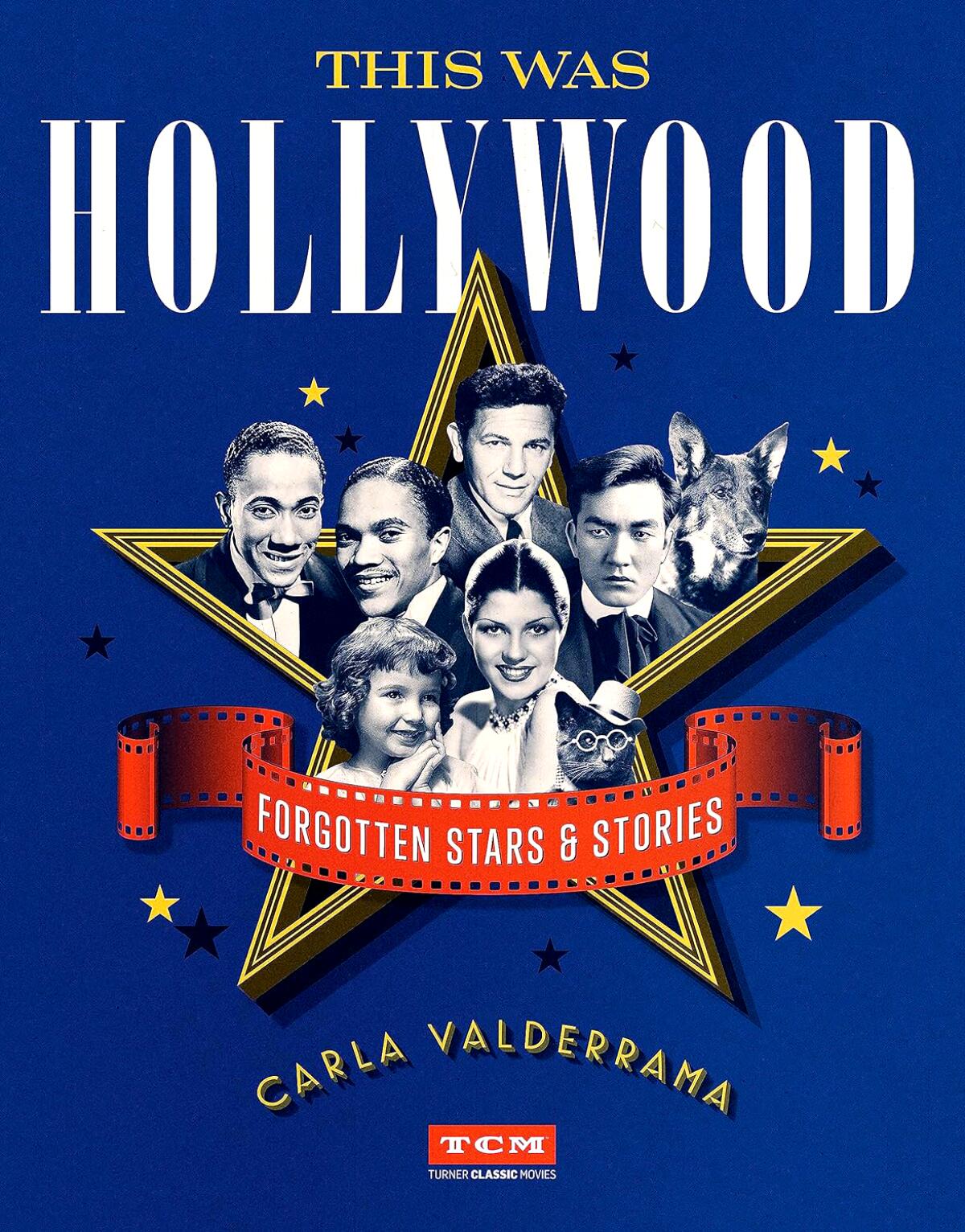
This is the perfect book for anyone trying to dive into the world of early Hollywood. Los Angeles in the early to mid-20th century was trying to define itself as Hollywood. Was Hollywood the physical Los Angeles location or was it the production companies trying to make their own mark in cinema history? This nonfiction book argues that yes, Hollywood is both. — Vanessa Luna, 23, Santa Paula
Book credits: Rowman & Littlefield, Da Capo Press, Ecco, Anchor Books, Valancourt Books, Vintage International, HarperCollins, Random House, Vintage, Fox Chapel Publishing, Ballantine Books, Regan Books, University of California Press, Bantam, Morrow, Serpent’s Tail
Fact-checker/photo researcher: Michael Darling
Sign up for our Book Club newsletter
Get the latest news, events and more from the Los Angeles Times Book Club, and help us get L.A. reading and talking.
You may occasionally receive promotional content from the Los Angeles Times.